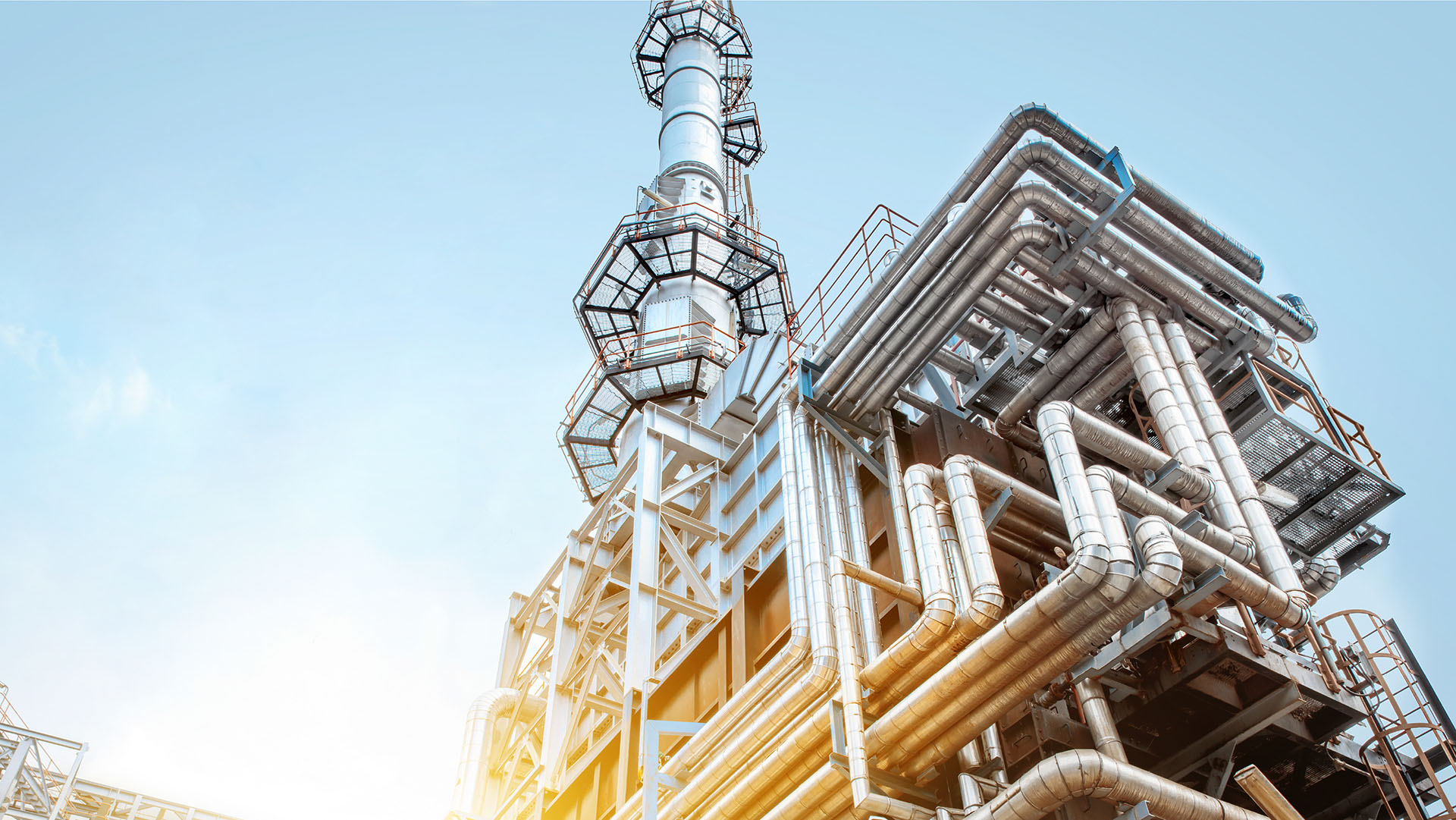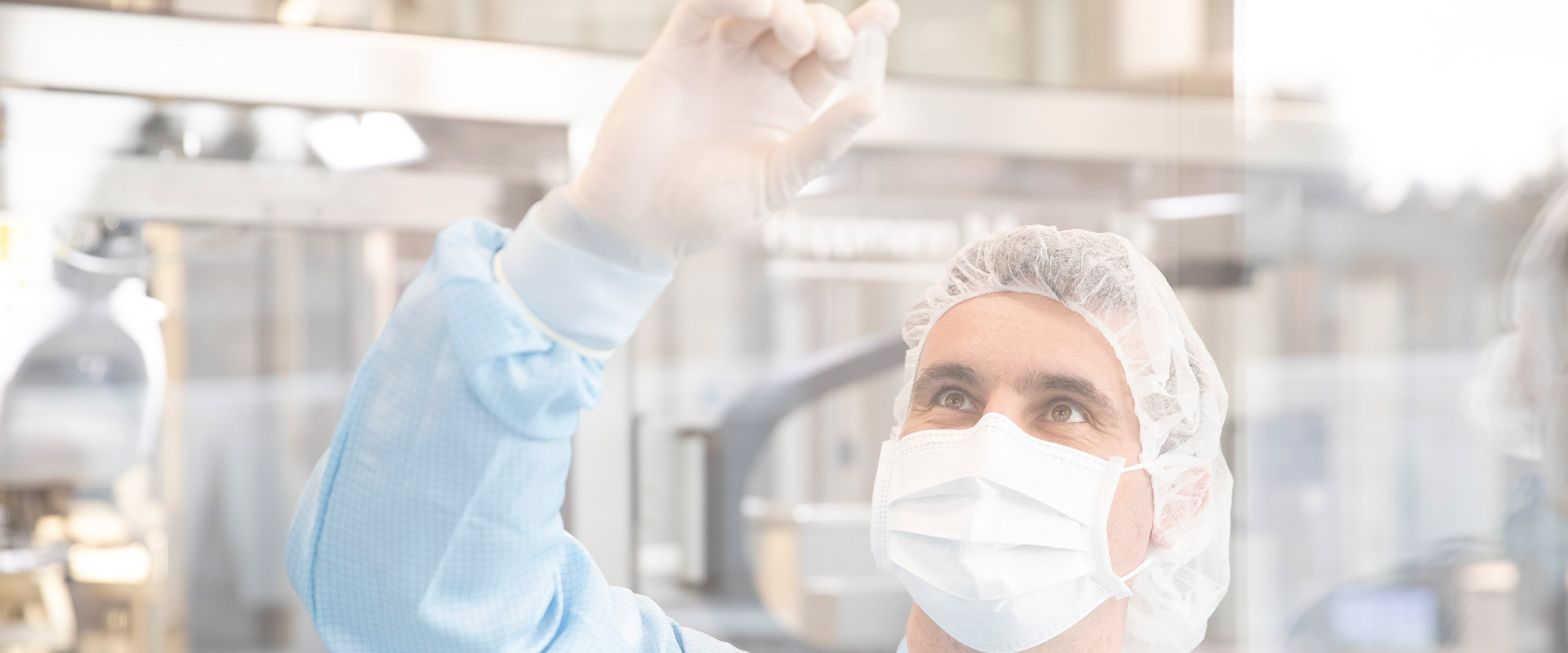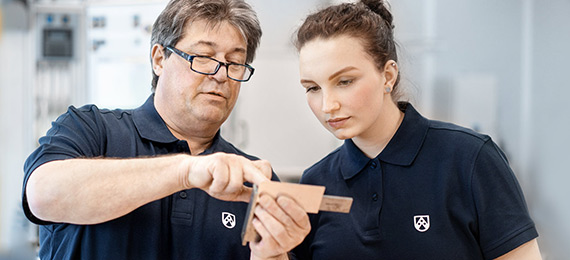Greater efficiency during construction of galvanic equipment with Polystone® P CubX®
Inside galvanic plants aggressive chemicals are sometimes used for finishing the surfaces of workpieces. The safety of people and the environment must be at the foreground when planing and constructing the equipment. To prevent damage in the event of a leak, storage and process tanks are enclosed by catch basins. However, this safety feature requires additional effort during construction. Equipment manufacturer Reinhard Krüger Kunststoffbau GmbH in Hüfingen, Germany, wanted to make this process more efficient. They used the new crossed-ribbed twin-wall sheet Polystone® P CubX® from Röchling for manufacturing their process tanks and thus saved time and money.
Catch basins are not permanently exposed to hydrostatic pressure. Only in the event of a leak in the galvanising tanks inside the basin must they withstand a static load for a short duration. This short loading duration certainly has a positive influence on the dimensions of the basin, however for the most part conventional rectangular tanks do not manage without steel reinforcement, which requires additional covers using plastic profiles. This costs time and money.
Catch basins made from Polystone® P CubX®
Reinhard Krüger Kunststoffbau GmbH therefore decided to manufacture catch basins for double rinse tanks in the galvanising industry from the newly developed crossed-ribbed twin-wall sheet Polystone® P CubX®. For catch basins with a height of up to 1000 mm Polystone® P CubX® enables a construction process entirely free from steel reinforcement. This avoids the elaborately welding of reinforcing profiles.
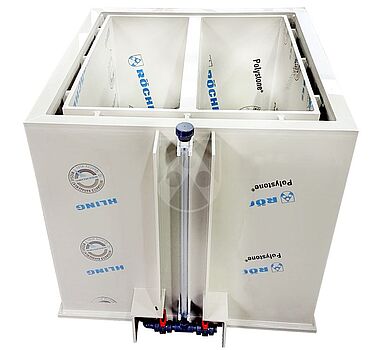
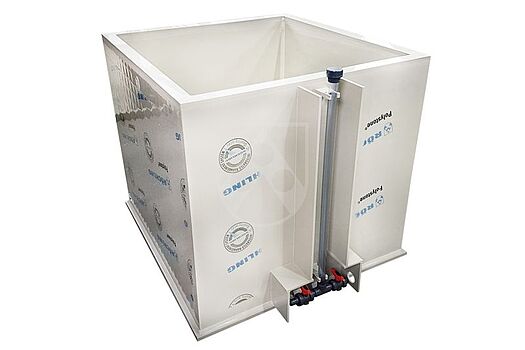
Partition wall made from Polystone® P CubX®
The partition wall in the double rinse tank was also manufactured from Polystone® P CubX®. This construction, without the otherwise conventional steel reinforcement, even provides advantages in the galvanisation process: During galvanisation a workpiece goes through several work stages. After each process, chemical residues, which must then be thoroughly rinsed off and removed in the basins, adhere to the workpieces. The rinsing is intended to remove the film sticking to the surface of the workpiece as a result of the previous process. When double rinsing, this cleaning process takes place in two stages. The rinsing in the first chamber removes the majority of the chemical residues. In the second chamber the intensity of the cleaning is increased with a second rinsing.
To enable the unimpeded insertion into and discharge from the rinsing basin of the workpiece, the partition wall should be constructed between the two chambers without reinforcement insofar as is possible. So that the basins are still sufficiently stable and exhibit no deformations, including during one-sided filling, the replacement material must have high rigidity in addition to the required chemical resistance.
The Polystone® P CubX® crossed-ribbed twin-wall sheet combines a unique internal cube structure and an outstanding rigidity with a light weight. Consequently, depending on the dimensions no steel reinforcement is required. In this way, the partition wall made from Polystone® P CubX®, which can be constructed without steel reinforcement, supports the simple insertion into and discharge from the rinsing chamber of workpieces.

Typical properties of Polystone® P CubX®
- High longitudinal and transverse rigidity
- High chemical resistance
- Light weight, easy handling
- Good thermal isolation
Contact
We would be happy to inform you in detail about the properties and possible uses of Polystone® P CubX®.




